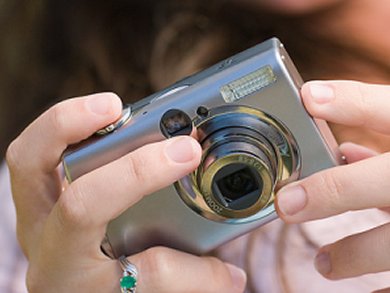Optical imaging of chemical analytes such as CO2, H2O2, O2, Ca2+, or pH in vivo allows species to be observed and quantified over whole areas rather than at a single point of measurement. This is particularly important in biomedical sciences, where large variations of such parameters can be found in even small areas such as cells, and direct sampling would alter the actual concentration of the analyte.
Otto Wolfbeis and colleagues, University of Regensburg, Germany, have developed the first method for simultaneous imaging of two parameters with only one image from a conventional digital camera. A fluorescent sensor membrane that responds to pH and to pO2 at different emission wavelengths was created. For this, three dyes were chosen so that their emission peaks matched the three color channels of the camera, i.e., red/green/blue (RGB). This allowed simultaneous detection as the data can be stored in the camera memory in the three color channels.
This technique was applied in vivo to image oxygen and pH in acute and chronic cutaneous wounds, as oxygen and pH particularly affect wound healing, but it could also be applied to other kinds of dual sensing.
- Simultaneous Photographing of Oxygen and pH In Vivo Using Sensor Films
R. J. Meier, S. Schreml, X. Wang, M. Landthaler, P. Babilas, O. S. Wolfbeis,
Angew. Chem. Int. Ed. 2011.
DOI: 10.1002/anie.201104530




